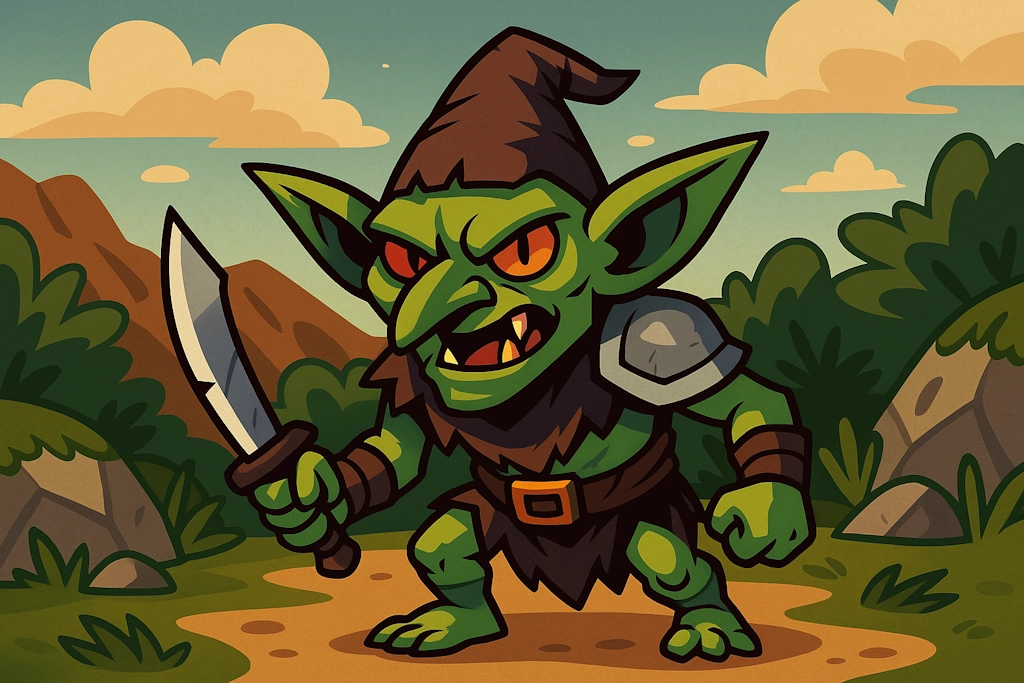👺Goblin Names
Generate names for small, mischievous creatures known for their cunning and chaos.

Goblin Names
Generate names for small, mischievous creatures known for their cunning and chaos.
Example Goblin Names
Get inspired by these sample results
- Ergott Filgrat
- Koglirg Bogkrat
- Ugnuk Rogrig
- Buggott Furknas
- Fradkrat Larlirg
- Bograff Uggott
- Bugknas Brunraff
- Fillaff Fradgrot
- Gurguff Bangok
- Larkus Fradrast


